Indonesia votes in 2 months: A primer on the world’s largest one-day election
2023.12.13
Washington
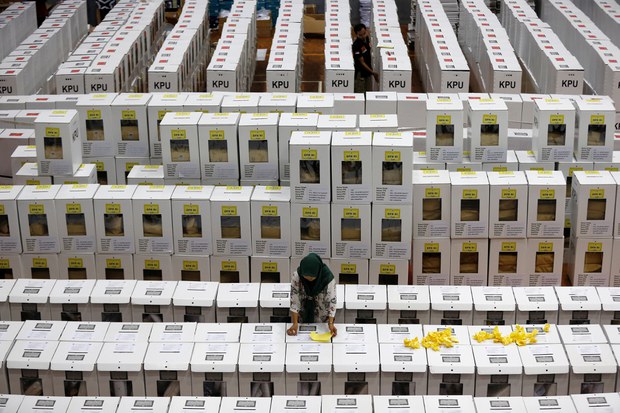 An official prepares ballot boxes before their distribution to polling stations at a warehouse before the general election, in Jakarta, April 15, 2019.
An official prepares ballot boxes before their distribution to polling stations at a warehouse before the general election, in Jakarta, April 15, 2019.
In two months, Indonesia, the world’s third-largest democracy, will hold the biggest single-day election on the planet.
Indonesians will be voting for their next president and vice president, and they’ll also be electing representatives to both houses of the national parliament as well as members of bicameral provincial legislatures. This will all unfold on Feb. 14, 2024, across a vast archipelago of more than 18,000 islands.
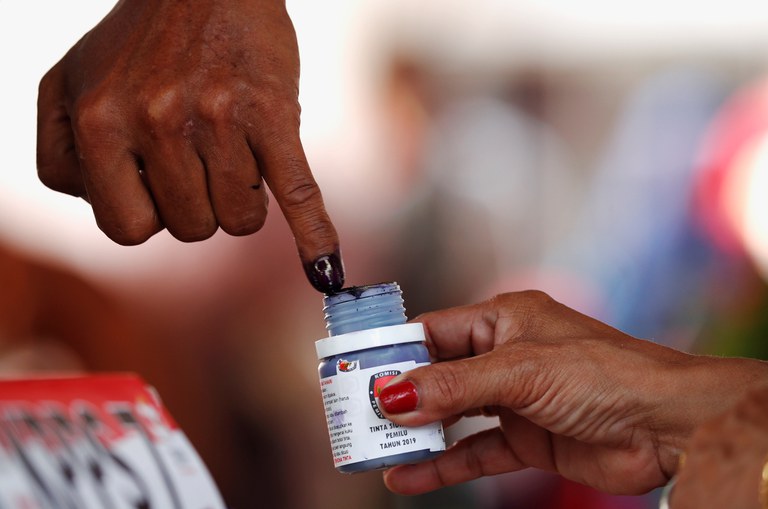
If the scale of this exercise alone isn’t daunting enough, consider that close to three-quarters of the country’s population is eligible to cast ballots. That’s almost 205 million people out of a population of nearly 279 million.
India, the world’s largest democracy with nearly five times Indonesia’s population and eligible voters, conducted its 2019 election in phases, over a little more than five weeks.
For Indonesia, the elections in February will only be the sixth legislative and the fifth direct poll to elect the president and the vice president since the country became a democracy in 1998 with the fall of President Suharto, the longtime dictator.
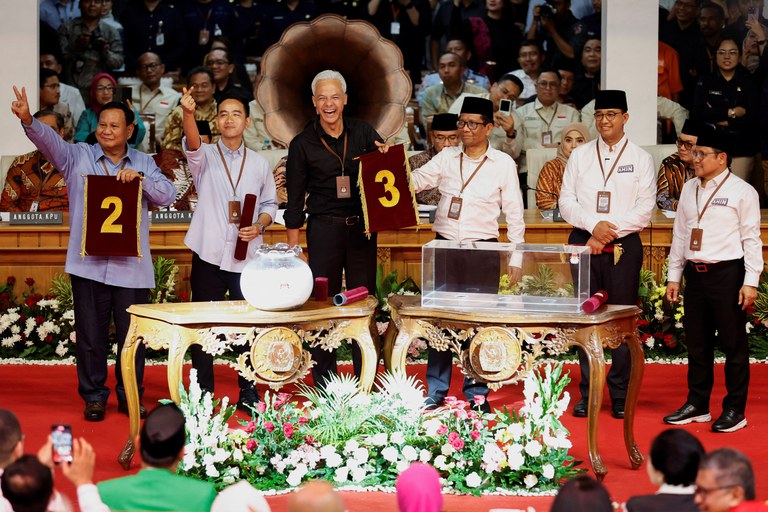
Here are 10 facts about what Indonesians call “Pesta Demokrasi” (“Democracy Festival”) that make it such a phenomenal spectacle:
1. Roughly 250,000 candidates from 18 parties are vying for around 20,000 seats.
2. More than 820,000 polling stations will be set up across the country, and staffed with more than 7 million election workers and security officers.
3. The February 2024 election, with 204.8 million registered eligible voters, marks a 12% increase from the last election in 2019. And with 52% of them under the age of 40, that’s 107 million millennials and Gen Z-ers eligible to cast their ballots.
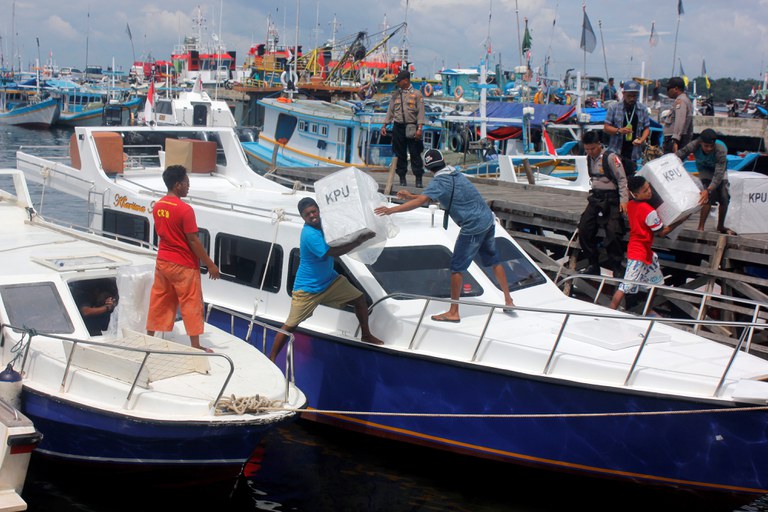
4. Members of the military and the police force – 911,362 in total – are banned from voting, to ensure their neutrality and prevent them from wielding excessive power in a repeat of the Suharto decades.
5. For the first time, no polling station in the Papuan region will use the undemocratic “noken” system, under which a tribal leader used to vote on behalf of a village’s voters with or without their consensus on a candidate.
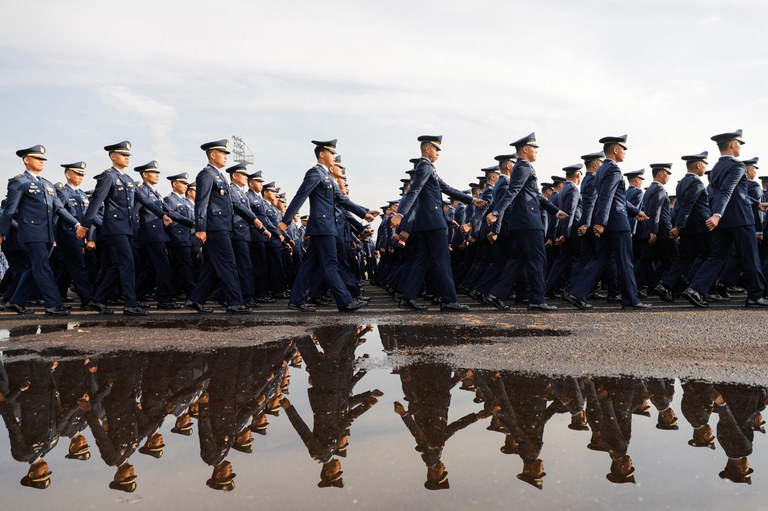
6. The presidential candidates in the fray are Prabowo Subianto, who’s currently defense minister, and who ran twice before only to lose to incumbent Joko “Jokowi” Widodo; ex-Central Java Gov. Ganjar Pranowo, who’s the ruling party’s nominee; and ex-Jakarta Gov. Anies Baswedan.
7. Indonesia follows the open-list proportional voting system, and is among the few nations to do so. Aspirants compete for a seat with other parties’ rivals as well as their own. And support for a political party doesn’t necessarily mean a vote for its presidential nominee.
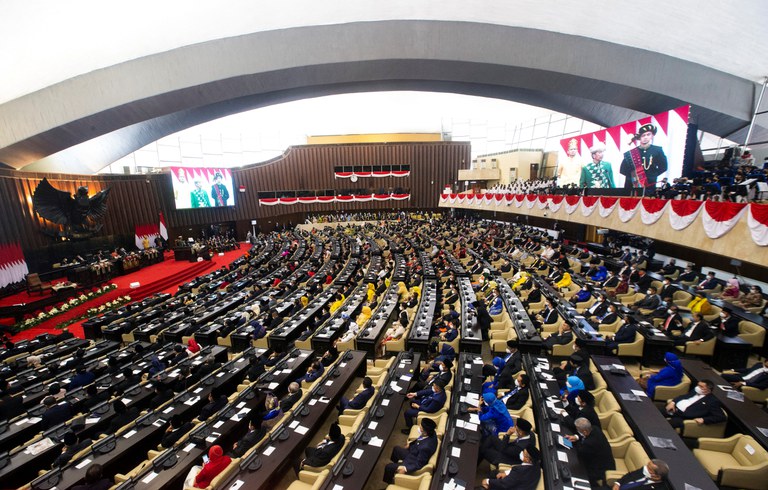
8. Out at the polling stations, electors will vote by using a metal nail to punch a hole in the ballot paper, in a method many see as archaic. But it’s so much a part of the country’s culture that the word used for “vote” is “coblos,” which means “pierce” or “perforate.”
9. At the end of election day, officials will begin counting votes – in public. This is to ensure transparency and prevent electoral fraud. Security personnel will be present to maintain order and protect officials doing the counting.
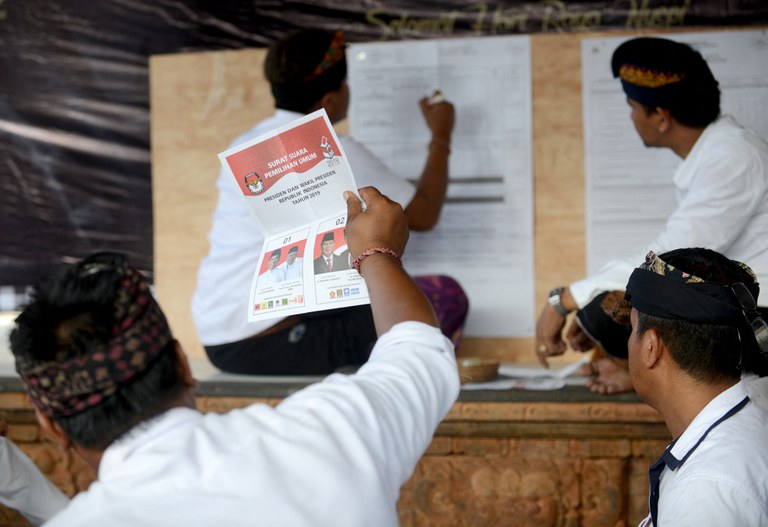
Dandy Koswaraputra and Pizaro Gozali Idrus in Jakarta contributed to this report.







